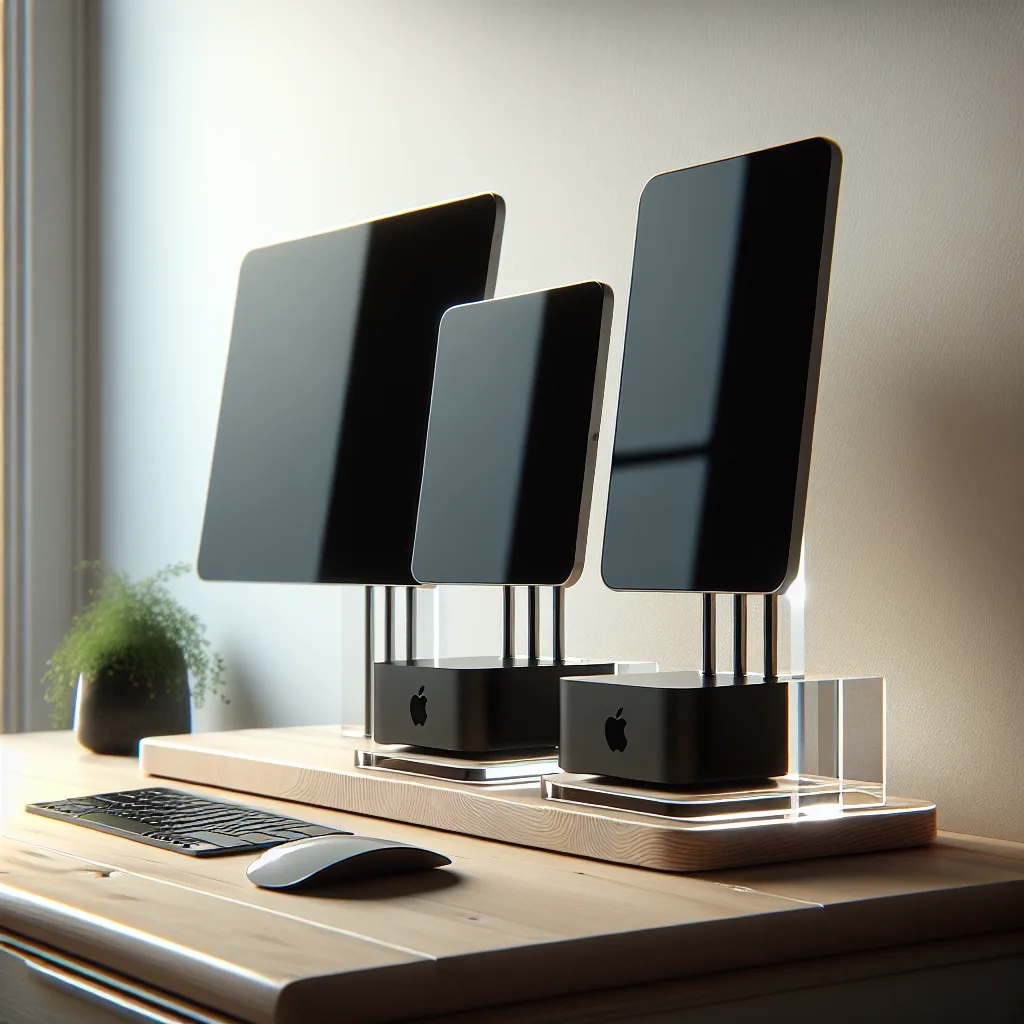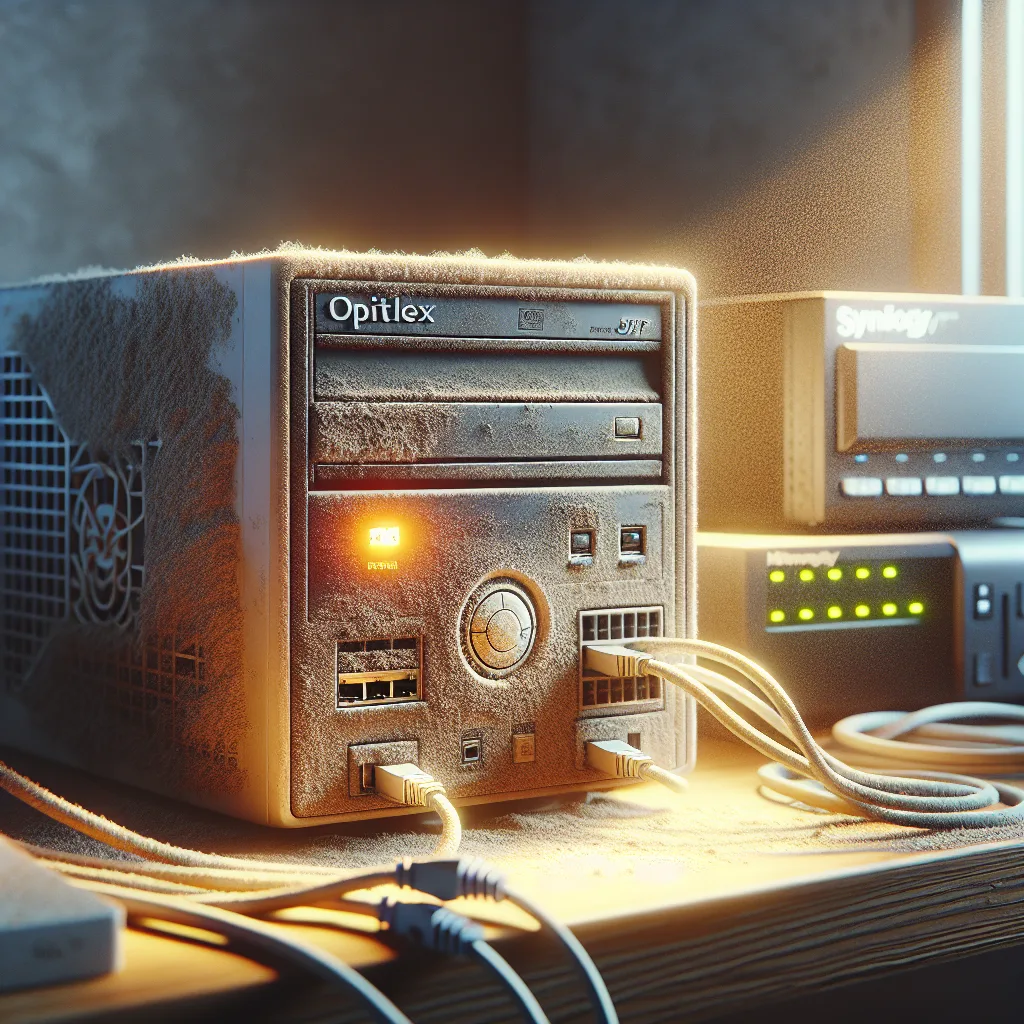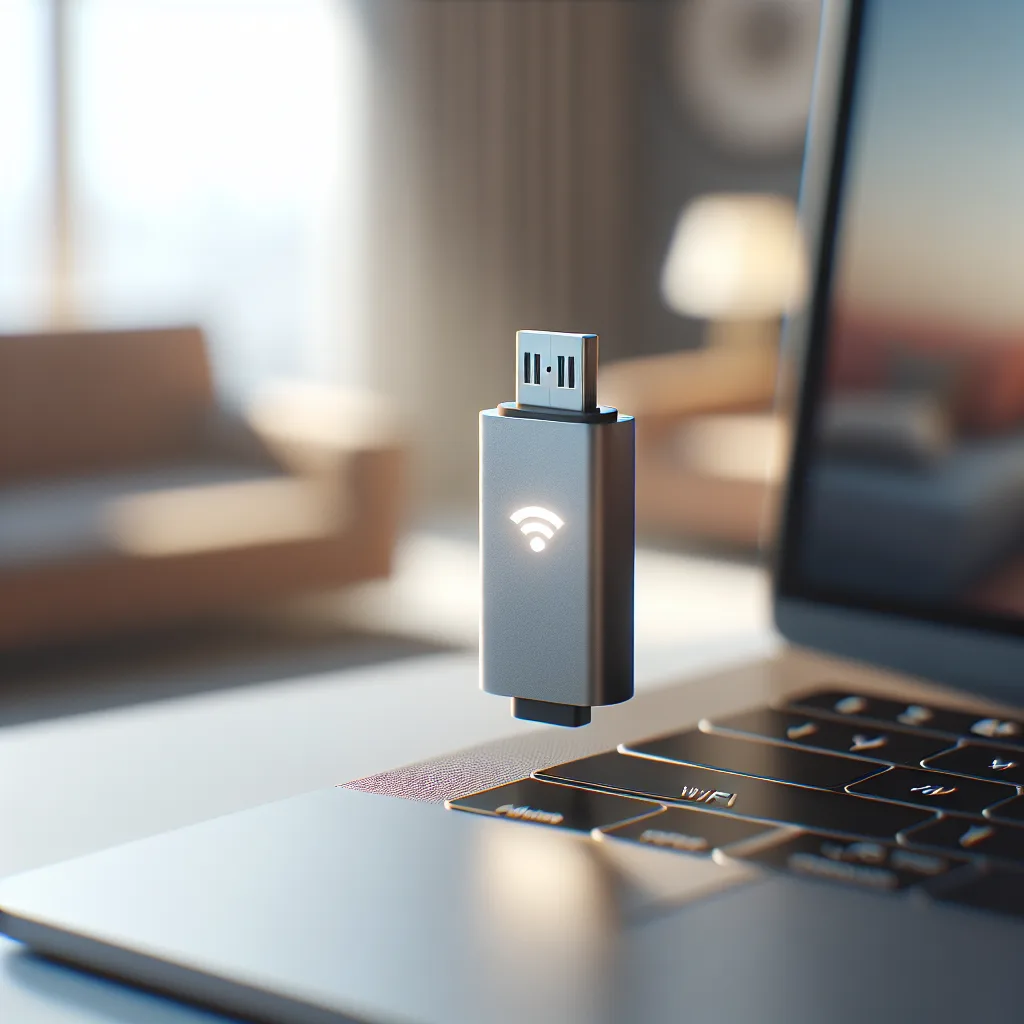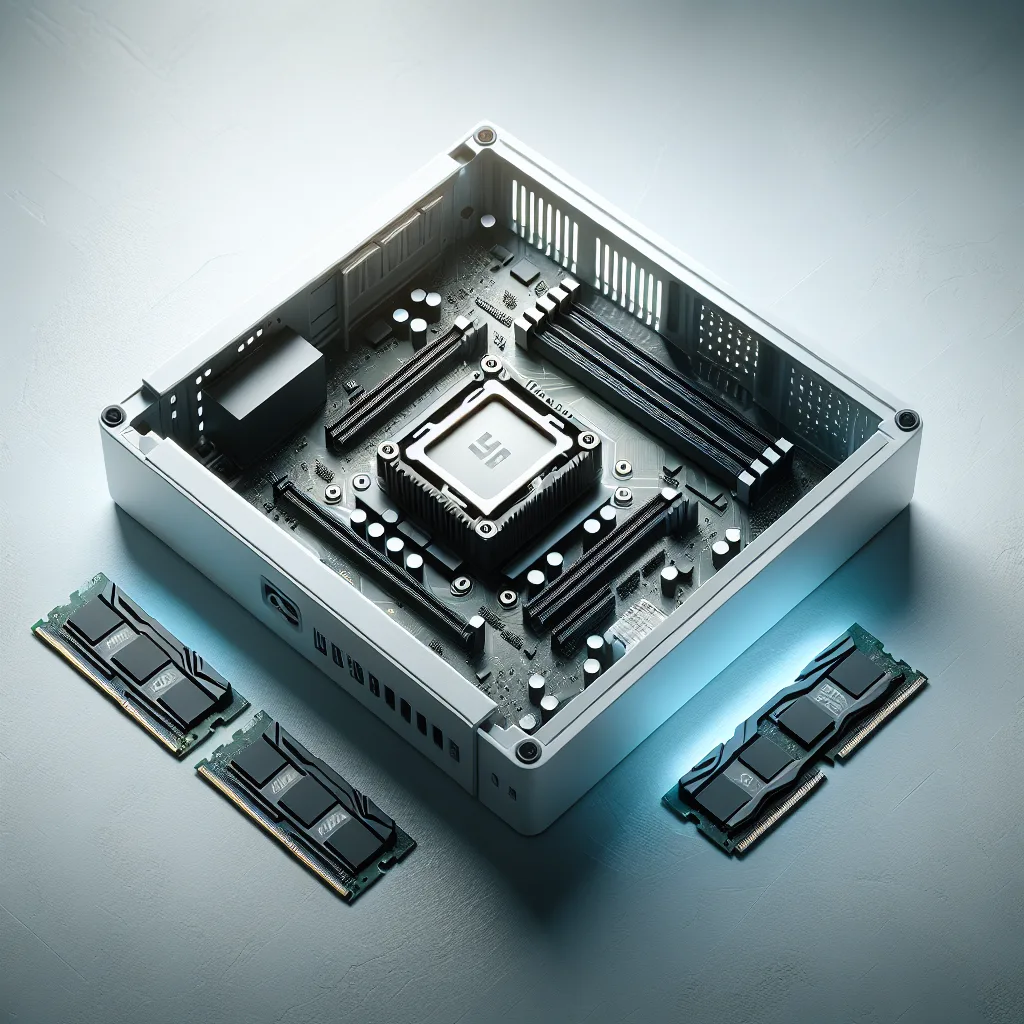Discover the surprising hobby of a NASA astronaut and why he uses a home lab to back up priceless photos from the International Space Station.
You ever wonder what astronauts do in their downtime?
I always pictured them doing… well, astronaut things. Floating, running experiments, or maybe just staring out the window at our amazing planet. And sure, they do all that. But they also have hobbies. Real, down-to-earth hobbies.
I had one of those moments recently where two worlds I never thought would intersect suddenly collided. I met NASA astronaut Matthew Dominick. And after a few minutes of conversation, I learned about his hobby. It’s not woodworking or learning the guitar.
He’s into homelabbing.
For anyone not in the know, a “homelab” is basically a personal playground for tech enthusiasts. It’s where you run your own servers, manage your own network, and basically build a mini version of a corporate data center right in your own home. It’s a hobby for the seriously curious, the tinkerers, the people who want to know how the internet really works.
And an active NASA astronaut is one of them.
A Mission-Critical Backup
So, why is an astronaut running servers at home? It’s not just for fun. It’s for one of the coolest reasons I’ve ever heard.
He needs a reliable way to store and back up all the photos he took from the International Space Station.
Think about that for a second. These aren’t just holiday snaps. They are irreplaceable, once-in-a-lifetime images captured from a perspective most of us will never have. Losing them would be a tragedy. So, he doesn’t just dump them onto an external hard drive and hope for the best.
He’s doing it right. He told me he’s been learning about systems like TrueNAS and Proxmox—staples of the homelab community. He has two Network Attached Storage (NAS) devices at home. A NAS is just a dedicated box full of hard drives that connects to your home network. He uses one as his main storage and a second one as a complete backup. It’s a simple, robust strategy that ensures his priceless data is safe.
It just makes perfect sense. When your data is that important, you don’t mess around.
More Than Just JPEGs
Here’s where it gets even more interesting.
Most of the incredible images we see from NASA are high-resolution JPEGs. They’re beautiful, but they’re also compressed and processed. The digital equivalent of a developed photograph.
But Matthew is working to get more of the RAW photos shared with the public.
If you’re into photography, you know why this is a big deal. A RAW file is like the original film negative. It contains all the unprocessed data straight from the camera’s sensor. It gives photographers and scientists immense freedom to edit, process, and analyze the image without losing any quality.
Having access to RAW files from space would be huge. It would let anyone with the right software see exactly what the camera saw. You could pull out more detail from the shadows, adjust the colors to be scientifically accurate, and explore the universe in a much more authentic way. His push for this kind of data sharing shows he’s not just a space explorer, but a true advocate for open information.
One of Us
It turns out, this isn’t a new side of him. He’s the same astronaut who famously got to nerd out with Destin from the YouTube channel SmarterEveryDay, live from the ISS Cupola. He has a genuine passion for technology and for sharing that passion with the world.
Meeting him was a fantastic reminder that the people we see as heroes are often just curious, passionate people like us. They have personal projects, they worry about backing up their files, and they get excited about the same tech we do.
The only difference is, their “office” has a much, much better view. And their photo library is literally out of this world.








